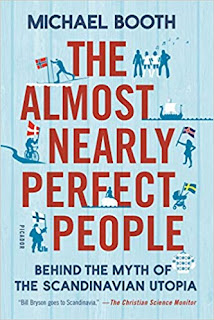December
20th,
1969, our wedding day.
By
the way: We didn’t get married on the shortest day of the year but
the longest night.
We had a
dream:
We were
going where the wind blows, when the spirit moved us, and the price
was right!
A half
century later on December 20th 2019 our ongoing honeymoon continues.
Here is a
synopsis from our book Sailing Beyond Lake Superior: Travels of Dursmirg.
When my
father died in 1969, I thought about life and where it was going,
realizing the most important person was Jane. I would marry her.
When I asked she responded, “I suppose so.” I said, “You
suppose so?”
On Jane’s
lunch hour we drove to Carlton, Minnesota, a 17-mile trip in minutes.
We filled out papers, paid a $5.00 fee and waited five days. They
gave us two big bags of groceries. We had been together five years
and found this humorous. Within an hour I had Jane back at her job.
Our secret
was safe. Little did we know!
The rest of
the story: The reporter from the Pine Knot, a weekly paper in
Cloquet, Minnesota, gathered marriage information just after we
received our license and went to press that afternoon. Jane’s
friend picked up the paper and phoned her parents eighty miles away
in Cloverland, Wisconsin.
The plot
thickens!
A couple of
hours later Judy’s parents got together with Jane’s parents for
dinner.
The beans
were spilled!
Five days
later, we were back to Carlton and Judge Nordstrom’s house. He was
a sprightly 85 year old and surprised us with an offer. He had to
send our marriage document to the state, he could give us a copy with
any date to show the family and friends. We amusingly declined.
My Jane was
so very pretty. Excitedly she couldn’t decide which hand to put
the ring on.
We had no
plans for the day and drove to Duluth. Lunch was at a nice restaurant
on the hilltop. It was an extraordinary day. Being together with my
wife having lunch and looking over expansive Lake Superior, a frozen,
snow covered vista that extended out beyond the eastern horizon. This
was the route we would take on our soon to be completed 46 foot
yacht.
My father
had just died so we decided it best to have a get-together with
friends and celebrate our wedding quietly. That evening we had a
house full, and Jane cooked dinner.
Incredibly
as long as we were keeping our secret, the family was keeping it too.
Time
passed and Jane and I were sure we had kept our secret to ourselves.
We
planned
a nine-day honeymoon trip to Mexico
City and Acapulco over
Easter Week. I won the
all expense paid five-star trip
from a company
I was doing business with. Our
reasoning for Mexico
was we would never
revisit.
Amazingly
our home has became
Yucatan in
Mexico.
Before
leaving on our trip, we thought it advisable to inform Jane’s
parents of our marriage.
After
dinner at Jane’s parent’s home, I told the group I had something
important. Jane’s father said, “No, I have something to tell.”
He couldn’t help chuckling while telling his story.
A
happy man is a man who marries the girl he loves.
An
even happier man is the man who loves the woman he married!
The
half century of years from 1969 to 2019 have been an ongoing
adventure for our tour group of two that generated four sailing
books, two Yucatan travel books, several blogs, and a web site.
As
I was lamenting the rapidly passing years, Jane said to me, “Be
happy for what you have got.” and I replied “Yes, and what I have
had.”




















